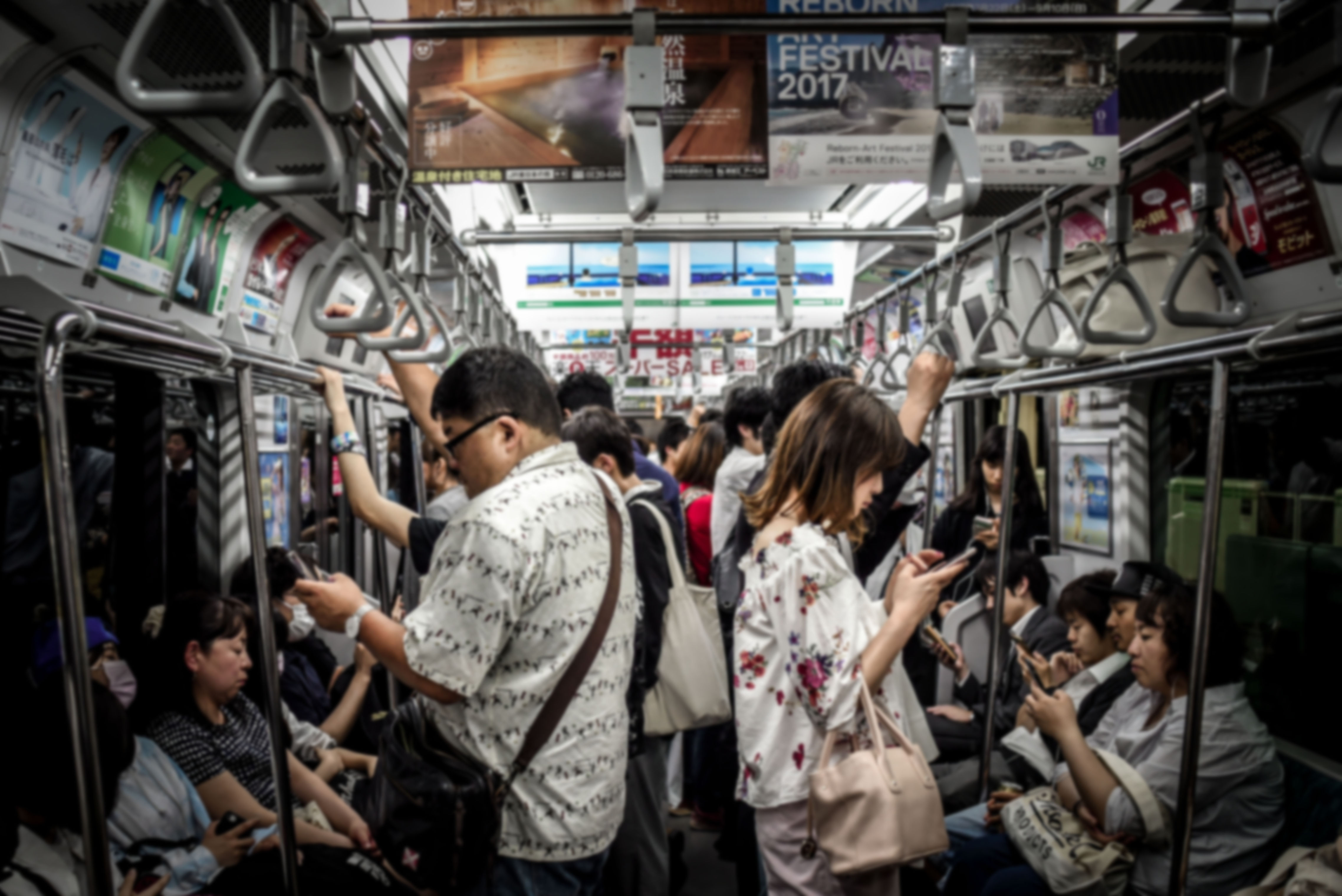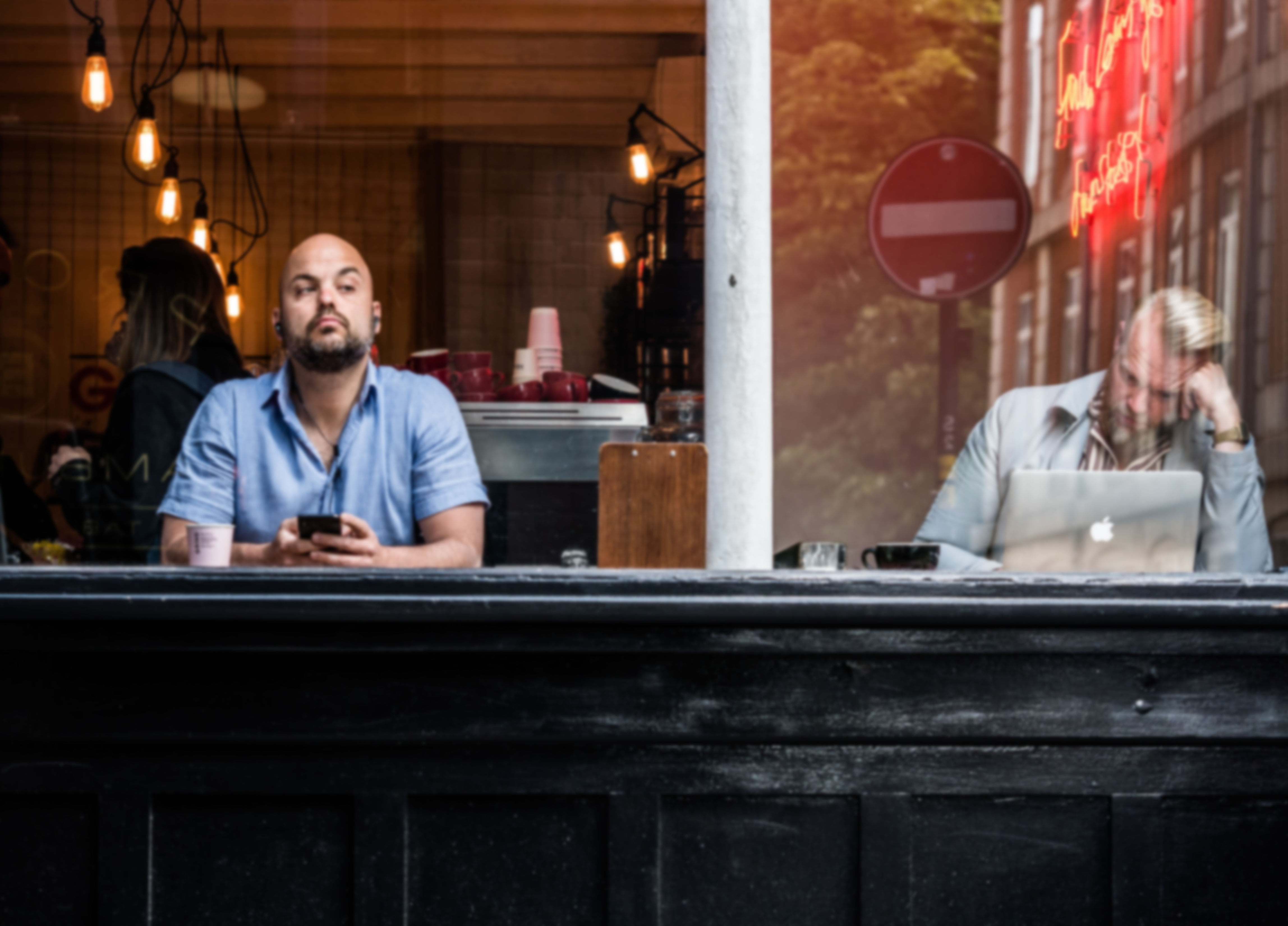
Face-to-face in the Facebook age
Brush up your Networking!
The twenty first century is barely into its teens, but already, like most teenagers, it’s defined by turbulence and change. The speed and pace of change at this time is, by common consent, extraordinary and defined by one word: connection. People and machines are entwined with each other as never before.
With that in mind, the ability to connect with another human, to develop trust, understanding, faith, belief, and a relationship — all drivers of both human capital and social capital — happen best face-to-face.
There is a hierarchy of communication. Social media comes in third, below written communication, and below that which you can have in person, although of course there are different uses for different mediums at different times.

But in terms of relationship building, and observing and managing the development of relationships, face-to-face comes out top and cannot really be outsourced or completely replicated by technology even if it comes in handy sometimes. As the writer Will Self remarked, no one is suggesting that people start to“parent their children by Skype.”
Perhaps it is because face-to-face connection takes in at least four of our five senses in one go: sight, sound, smell and touch (the welcome handshake or kiss on one or both cheeks). If you count the ritual social consumption food and drink in meetings, then perhaps taste can be included too.
In his book Writing on the Wall: Social Media — the first 2,000 years, the journalist Tom Standage writes about a networking environment which is four centuries old. It’s ‘The Coffee House’, first imported into Europe in the seventeenth century, and the birthplace of the City of London as a world financial centre. He explains: “Whatever the topic, the main business of coffee houses was the sharing and discussion of news and opinion in spoken, written, and printed form... conversation between strangers was encouraged, and distinctions of class and status were to be left at the door.”

Although modern culture is dominated by coffee shops where people tend not to congregate to talk and knowledge-network, it may only be a matter of time before they do. The coffee house chain which introduces strangers to each other and encourages connection may be on to something.
If the social neuroscientist, Matthew Lieberman, is right that “we are hard-wired to connect” and the sociologist Mark Granovetter’s seminal findings from over forty years ago on The Strength of Weak Ties show that people can make all sorts of valuable and rewarding connections from unlikely sources, then it tells us two things: firstly, we need to connect more face-to-face than less; and secondly, to do so in more innovative ways.

Perhaps this is why MIT’s Sloan Management Review noted that: “Many companies send their employees off to make connections with a slap on the back and nothing else, and then managers wonder why employees often fall into familiar traps, such as relying on a narrow spectrum of people who are at their same level, from the same department or country, or whom they happen to like. High-performing employees, by contrast, routinely avoid such traps. Instead of allowing their networks to lean in one direction, high performers intentionally build connections with the goal of boosting their performance.”
The organisational psychologist Professor Adam Grant, of the Wharton School of Business at the University of Pennsylvania, picks up this theme in his book Give and Take by noting that generosity and reciprocity in networking, and being a ‘Giver’ not a ‘Taker’ is central to success in a new world where…
”Being a giver doesn’t require extraordinary acts of sacrifice. It just involves a focus on acting in the interests of others, such as by giving help, providing mentoring, sharing credit, or making connections for others”
But, there are obstacles to doing more face-to-face connecting in a Facebook age. The first is ‘time poverty’. It definitely takes more time to arrange to meet someone, to do so, to follow-up in some shape or form, than it does to mass-mail them or post something up on LinkedIn, Facebook or Twitter to many people at once.
I have also found that shyness is often a bigger obstacle than time. The Facebook age has made it more comfortable — and comforting — to be behind a screen. Even high achieving, apparently extrovert people find it difficult to get into the habit of initiating face-to-face encounters, often using time poverty as an avoidant excuse.

A big culprit is the conference and the cocktail party; which have always been seen as ‘great’ networking opportunities but, if they are not curated in any way, can be deeply stressful for people. The biggest mistake people make is to think that it ought to be a comfortable experience, and that they are somehow failing (uniquely) to enjoy or engage the initial moment of ‘entry’ into an unfamiliar setting.
I developed some specific techniques for corporate students to help them manage anxiety and discomfort in this setting, but the number one piece of advice is to concentrate on connecting with someone by looking into their face and to worry less about exchanging business cards than exchanging meaningful conversation.
It is also why I advocate a higher ratio of one-to-one meetings than one-to-many settings in any given week or month: people are more likely to come away from a cup of coffee feeling satisfied that they have learned something and made a real connection, than they are walking into a room full of strangers — especially if they are in the same subject silo as each other.

Another issue for people is that with so much digital reach through hyperconnectivity, they almost don’t see the point of small groups of connections. Why, when social media trumpets its vast scale and reach, should we be looking at downsizing our connection ambitions? I tend to think a good practical benchmark for managing any kind of connection is Dunbar’s Number, the anthropologically proven cognitive limit of social connections which is much smaller than you might think: a mere 150.
So, give me the coffee house over the conference, the water cooler over the cocktail party: the hierarchy of communication is clear, but inhibition, time and managing expectation all remain big challenges to becoming fully connected face-to-face in a Facebook age.
This article is extracted from "Fully Connected: a look ahead to working and networking in 2020". Professor Julia Hobsbawm OBE is at the forefront of the ideas and behaviour-based practices arising out of contemporary research in neuroscience, behavioural economics, management and leadership theory and social network analysis. She is a writer, speaker, consultant and the Editor-at-Large of Thrive Global. Julia’s book “Fully Connected: Surviving and Thriving in an Age of Overload” is available to order from Amazon. Further information on Julia is available at her website.
Are you a business or private individual exchanging currency on a regular basis?
Join our free ’Member Exchange’ platform in minutes to save an average of 95% on your currency exchange costs.
Continue reading
Where next for your business? With a growing number of sophisticated customers, emerging markets can provide revenue and sales growth on tap. However, their sales and distribution channels are often less sophisticated, with less governmental investment and support. Risk increases alongside potential reward.
We’re all doing e-commerce. So let’s get your products to your customers on time, every time.

Freemarket is a unique ’Member Exchange’ currency platform that’s turning conventional currency exchange on its head. If you’re a business or private individual, exchange currency by exchanging your funds with other members, for a fixed fee of 0.2%.
FreemarketFX Limited is authorised by the Financial Conduct Authority (FCA) – Firm No.585093
30 Great Guildford Street
London, SE1 0HS



